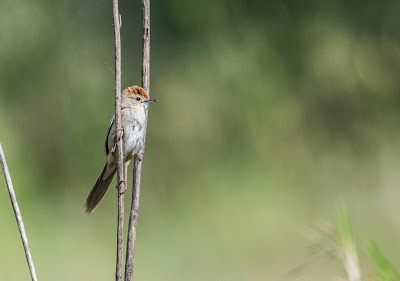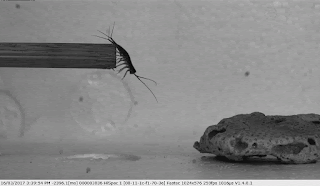Dissection of the hindlimb of monitor lizards: V. varius and V. komodoensis, Part 1 of 4, Superficial Dorsal aspect.
One of the major questions I am trying to determine in my
research is how muscle and bone strains change with body size and habitat among
Australia’s giant lizards the Varanids (aka monitor lizards aka goannas aka
large uncooperative lizards).
When I first attempted to dissect the hindlimb muscle of
monitor lizards I was amazed about how little information there was on the
topic. In the end the two most helpful bits of literature was the Snyder paper
from 1954, and the book chapter, The Appendicular locomotor apparatus of
Lepidosaurs, by Russell and Bauer, (2008), in Biology of the Reptilia, Vol
21.
Luckily I had a visit from muscle expert Taylor Dick, from
Simon Fraser University Canada, and we were able to dissect some big
lizards.
As a guide to help anyone else who might also be silly enough
to want to follow along this line of inquiry we have made a guide below to help
you identify some of the major muscles in the lizard hindlimb.
There will be 4 posts in total, this post will focus on the
dorsal superficial aspect of the upper and lower hindlimb.
Varanus varius: This specimen was freshly sacrificed, and the muscles are very clear and easily defined. Click on the video below for a walk through.
Varanus komodoensis: Dissection of the Komodo dragon. This specimen had been frozen for 7 years, so the separation of the muscles is a little bit more difficult. Click on the video below for a walk through.







Comments
Post a Comment